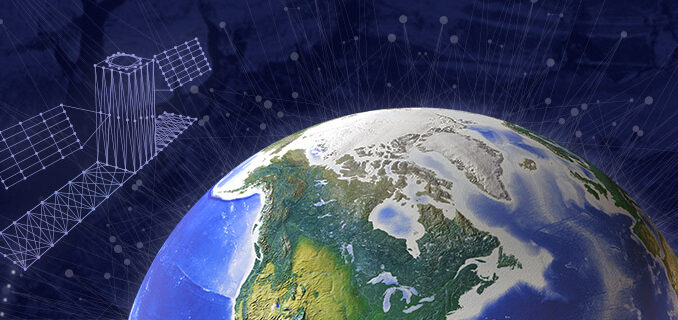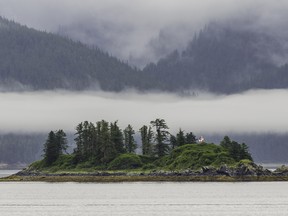
- A map of Newfoundland and Labrador’s tsunami of offshore oil plans
- Satellite images show how Fiona’s surge sucked sand off P.E.I.’s shores
- New research tool looks back on 35 years of landscape changes from space
- Highlighting Canadian health access gaps using GIS
- Canada’s changing map: Reconciliation renames people, places, things
- 2022 National Forum on Earth Observation
A map of Newfoundland and Labrador’s tsunami of offshore oil plans

Newfoundland and Labrador’s financial future lies under the deep-sea waters as it may extract billions of barrels of oil in the coming years. Therefore, Newfoundland and Labrador focus more on offshore drilling with the recent federal approval by Bay du Nord. If the project will be successful then it will be Canada’s first deepwater oil site. Now, Newfoundland and Labrador plans to expand the offshore oil production by the end of the decade by inviting world’s oil majors to explore its offshore to get rid of the struggling economy of the province.
Read more here
Satellite images show how Fiona’s surge sucked sand off P.E.I.’s shores

The satellite images of Prince Edward Island (P.E.I.) posted by Canadian Space Agency depicted the changes in province’s coastline after tropical storm Fiona. The changes were easily recognized from the before and after Fiona images of P.E.I. The images taken on August 21, 2022 were compared with the images of September 25, 2022. The agency said on Twitter regarding the eroded sand at coastline and damages of seafloor due to heavy wind and wave of storm. Moreover, the agency said about the modified satellite images with the Copernicus Sentinel-2 data from the European Union.
Read more here
New research tool looks back on 35 years of landscape changes from space

Western Arctic Centre has developed a web application for Geomatics which provides more than 30 years of satellite imagery of the Northwest Territories. This Long-term Change Detection (LTCD) project was first described on August 11 during an Aurora Research Institutes Speaker series. It has used satellite images from Google Earth and Landsat, required to study landscape changes for various applications in coastal erosion, urbanization, mining activities, wildfire, glacier retreats and movements. Moreover, it provides the user guide for researchers in both languages including English and French.
Read more here
Highlighting Canadian health access gaps using GIS

ESRI’s ArcGIS tools provide effective approach for the Canadian public health issues of geographic access to healthcare. It can help vulnerable communities to access essential health services easily. In one of the examples of ESRI Canada, the story map has been prepared for the most challenging province of Nova Scotia to measure healthcare accessibility. Here, GIS is useful to compute drive-time or walking distances by measuring geographic distances between people and healthcare. Further, Material and Social Deprivation Index calculation can be also included to understand the impact of socio-economic index in network adequacy.
Read more here
Canada’s changing map: Reconciliation renames people, places, things

There are many transformations in Canada’s maps due to changing nomenclature of different places. In most cases, the placenames are replaced by traditional Indigenous names. This year remarkable changes in 24 First Nations bands have occurred in Ottawa’s record compared to more than past 20 years data. Some of the changes are even vastly distinct from English or French. The Geographical Names Board of Canada supports this evolution by linking the names to political and social outcomes.
Read more here
2022 National Forum on Earth Observation

This event took place between October 4 to 6, 2022, which helped Canadian stakeholders to meet and discuss the further applications of satellite Earth observation (EO) in Canada. It was held at Canadian Space Agency’s John H. Chapman Space Centre in Longueuil, Quebec, and virtually. It included various plenary sessions and workshops regarding enhancement of EO capabilities, access to EO data, biodiversity monitoring, sustainability etc. There was a huge crowd participation from more than 200 attendees of Canadian EO community, including federal and provincial governmental departments, academia and industry.
Read more here




Be the first to comment